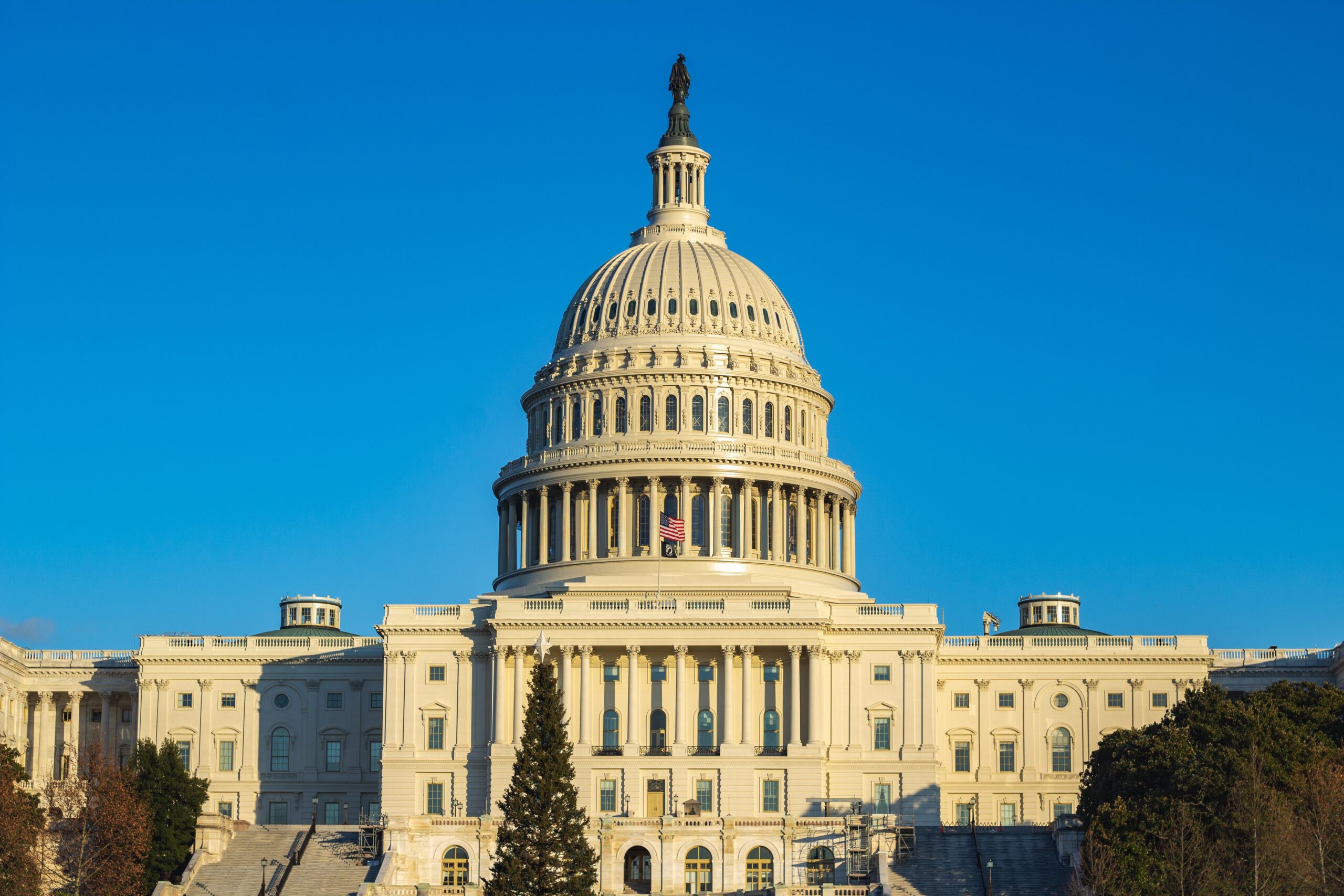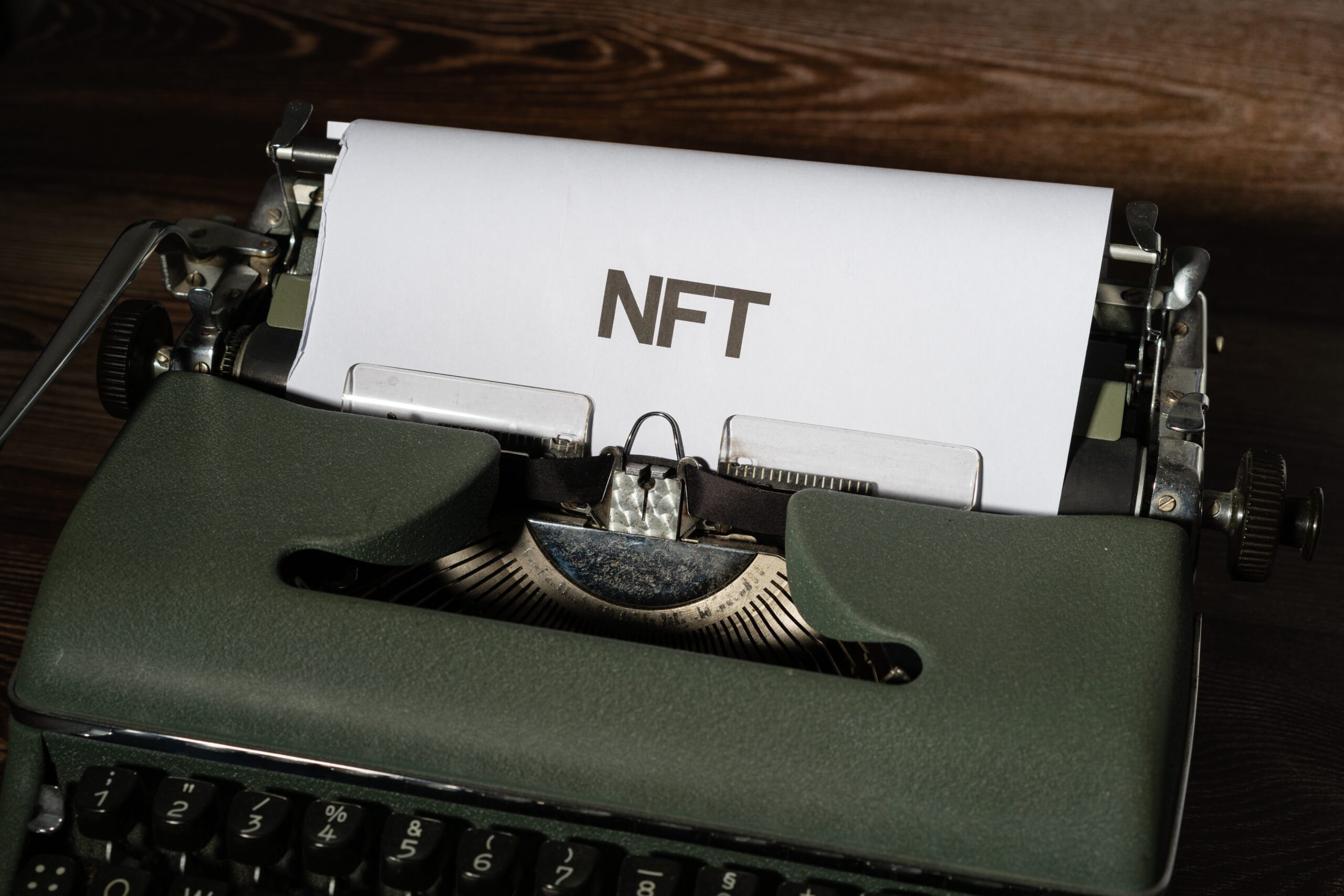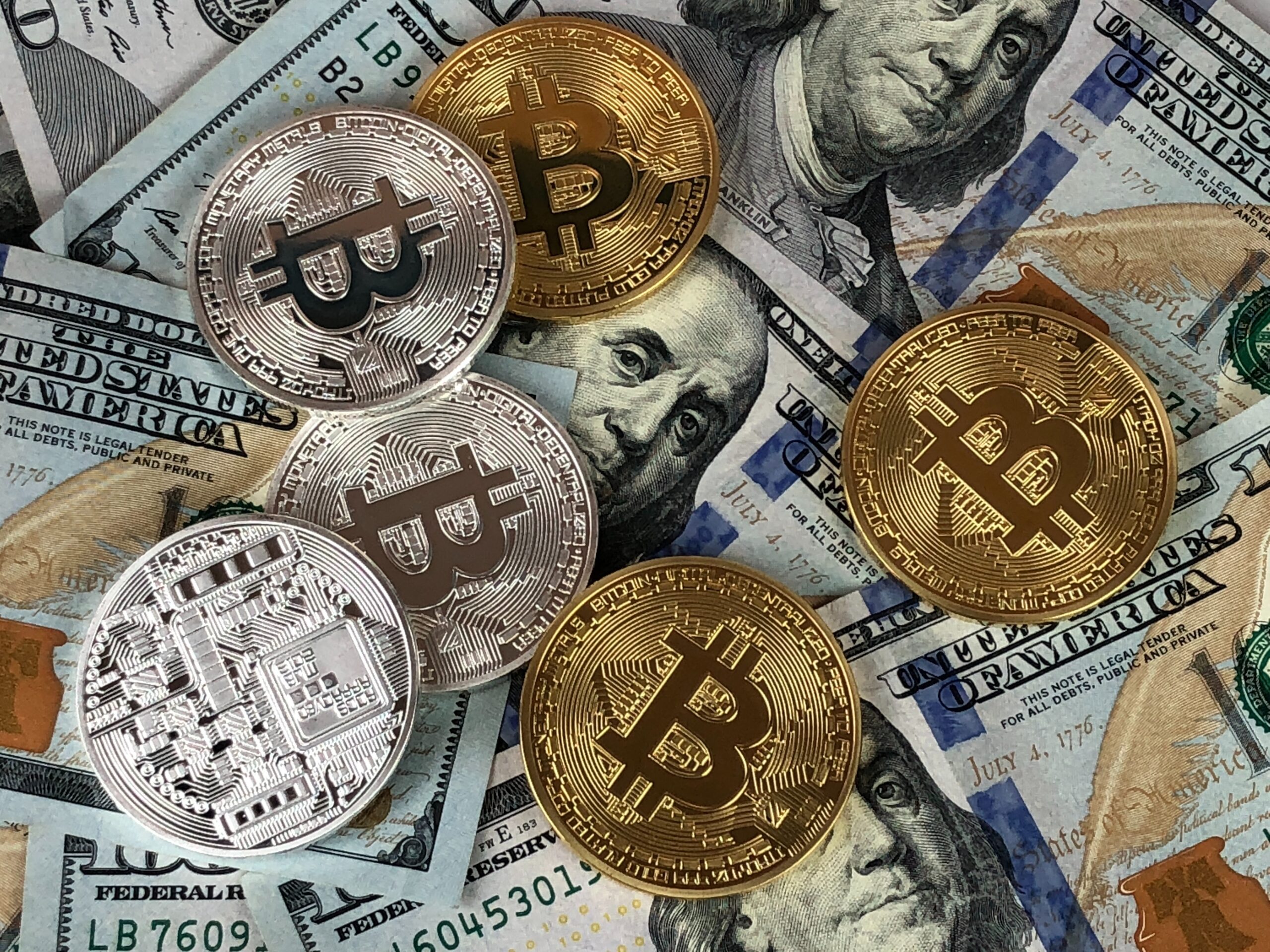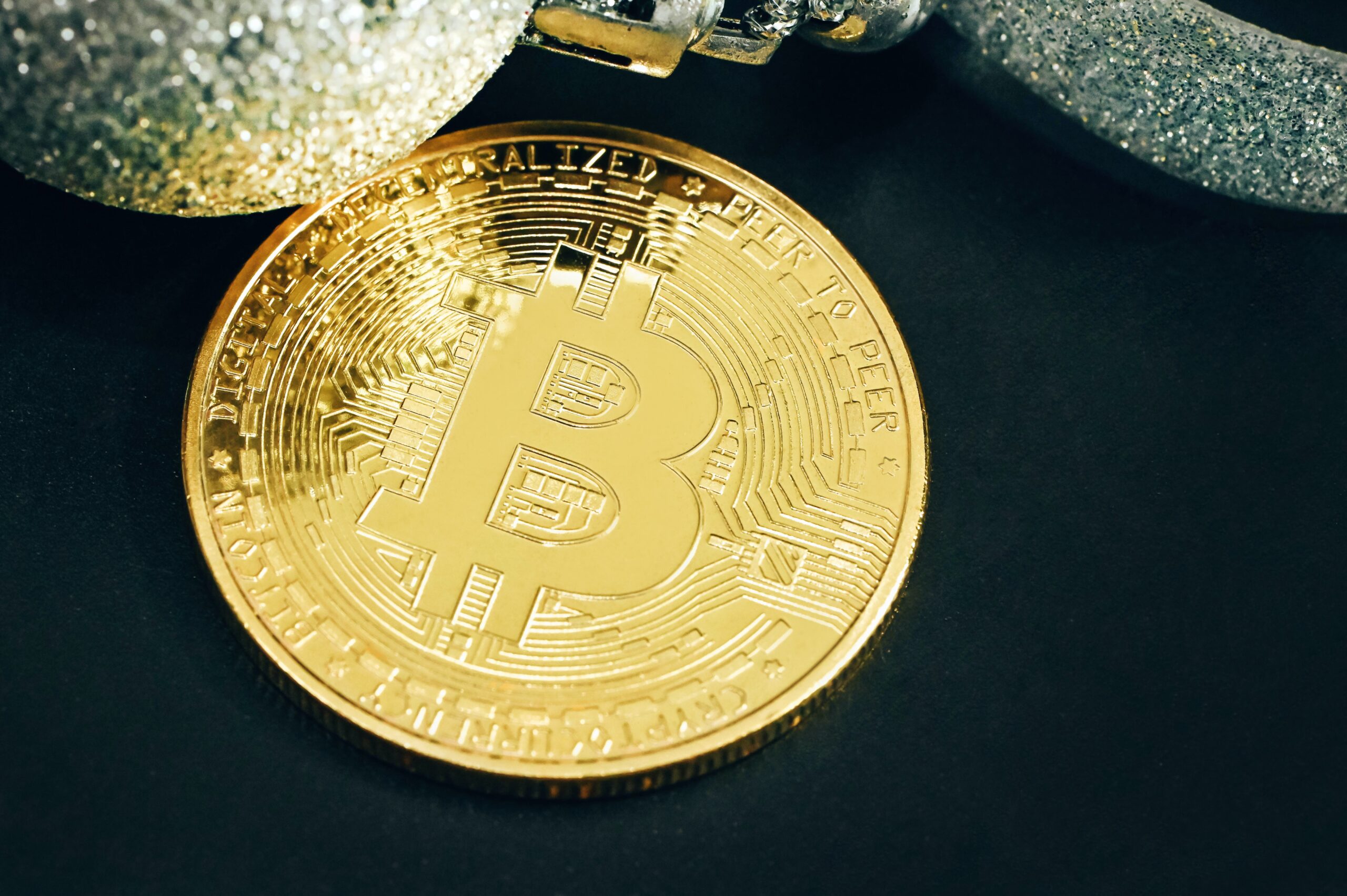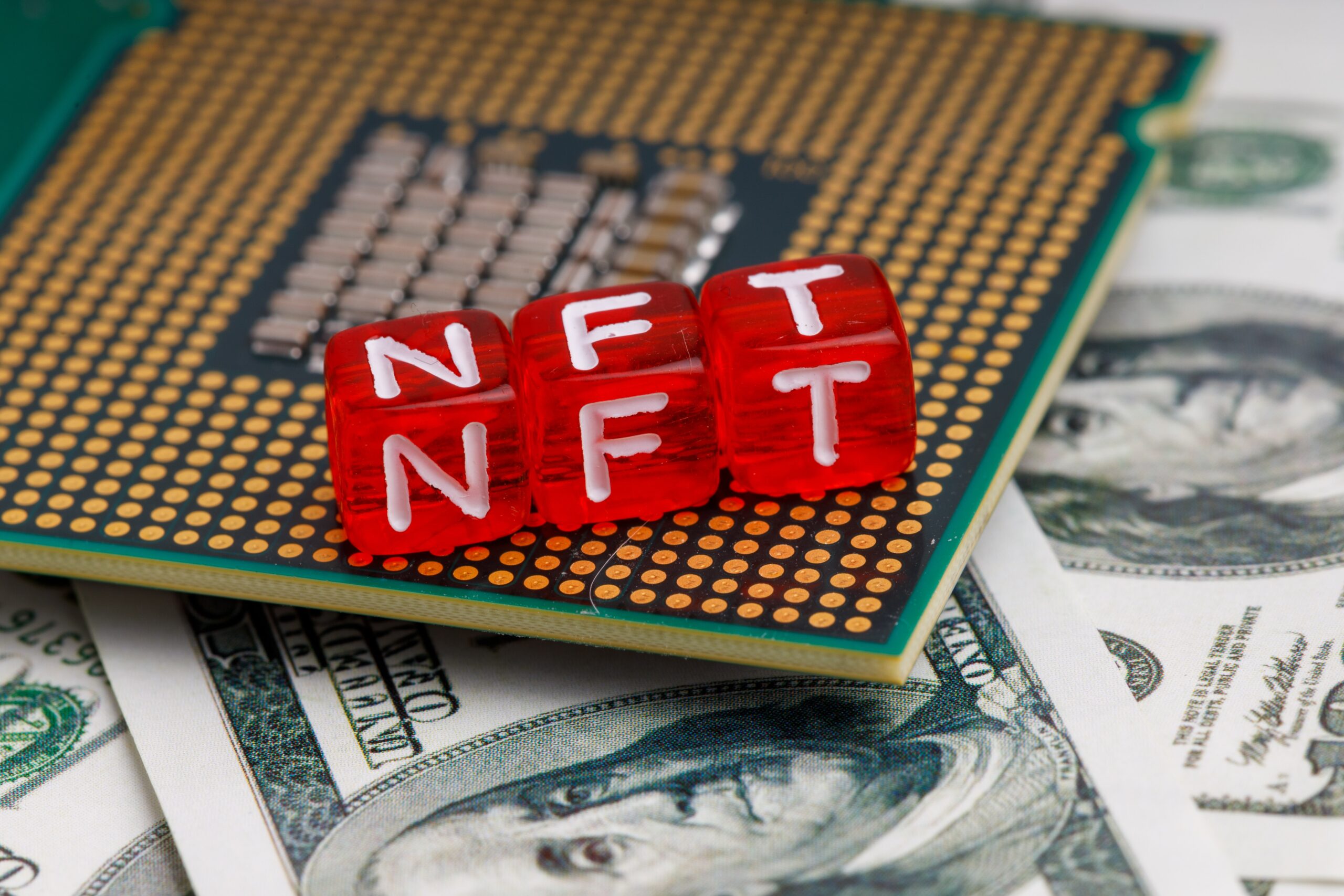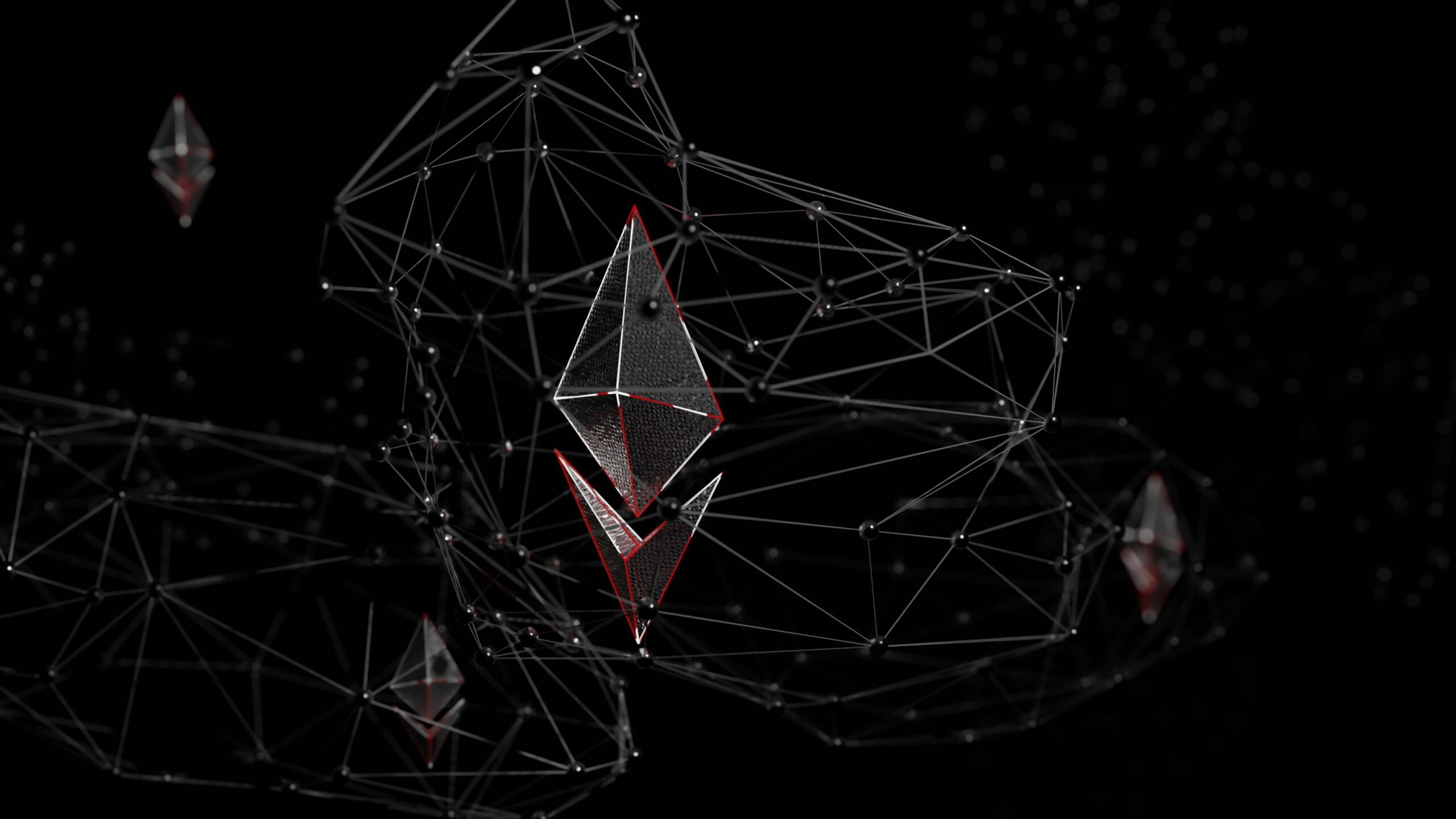The White House’s press release issued last month points to a global, assertive, 360-degree take on the rapidly growing digital asset space and digital asset service providers. It covers:
● Consumer protection
● Affordability
● Financial stability
● Responsible innovation
● Illicit finance
Further, it introduces a multi-regulator approach and places the spotlight squarely upon ensuring the stability of digital assets. For example, digital asset service providers, located anywhere, may now enter the crosshairs of US enforcers if they infringe upon a consumer located within American borders.
While this feels like an escalation, it truly represents a leap in the right direction for the digital asset space’s advancement, stablecoins and central bank digital currencies included. The White House’s release follows the European Union’s introduction of the proposed Markets in Crypto Assets regulation (“MiCA”) in June 2022, which promotes the regulated use of stablecoins and enforces registration for digital asset service providers.
Earlier in the same month, Japan passed a landmark bill designed to regulate stablecoins after the collapse of TerraUSD in May. An algorithmic stablecoin, Terra had relied on natural market forces, high lending rates, and partial reserves in Bitcoin to defend against a rout–without maintaining a one-for-one peg to a fiat currency such as the US dollar.
It can be argued that this collapse kick-started and finally woke regulators up to the great potential of digital assets, stablecoin or otherwise, and to their lurking risks as well. This is what the White House means with a reference to “responsible” innovation.
However, we cannot forget how The Bahamas passed its own landmark piece of legislation in December 2020, well ahead of the market turbulence and crypto winter. The Digital Assets and Registered Exchanges (DARE) Bill covers all facets of the digital asset sector: cryptocurrencies, stablecoins, digital asset service providers, coin exchanges, and, even, initial coin offerings.
This article reviews the White House’s press release as part of a greater, global movement supporting the future of digital assets, and how the DARE Act already hit the mark.
The Digital Asset Space and the White House
Inside the press release are nine key quotes or excerpts all actors in the digital asset space must pay attention to:
- Regulators, such as the Securities Exchange Commission (SEC) and Commodity Futures Trading Commission (CFTC), should “aggressively pursue investigations and enforcement actions” against unlawful practices in the digital asset space.
- The Consumer Financial Protection Bureau (CFPB) and the Federal Trade Commission (FTC) must “redouble efforts to monitor consumer complaints and to enforce against unfair, deceptive, or abusive practices.”
- The Financial Literacy Education Commission shall lead public efforts to help consumers understand the risks involved with the digital asset space.
- Relevant agencies will encourage the “adoption of instant payment systems, like FedNow.”
- Agency recommendations shall be reviewed, on whether to establish a framework to regulate non-bank payment providers.
- The Treasury and similar financial regulators should provide US firms developing “new financial technologies with regulatory guidance, best-practices sharing, and technical assistance.”
- The Department of Commerce shall establish a “standing forum” to convene all relevant public and private actors in the digital asset space to foster and coordinate ideas and growth. It shall also help US digital asset firms sell, or “find a foothold” for, their products or services in global markets.
- The President shall evaluate whether to call for an amendment to the Bank Secrecy Act (BSA) to explicitly include cryptocurrencies, digital asset service providers, and non-fungible tokens (NFTs). Further, he shall consider whether to amend federal statutes and permit the Department of Justice to “prosecute digital asset crimes in any jurisdiction where a victim of those crimes is found.”
- The Treasury is due to complete an “illicit finance risk assessment” on DeFi by February 2023, and a further assessment on NFTs by July 2023.
When the EU Council released their MiCA, there had been an implicit hope for the rest of the world to follow their guidance on the treatment of stablecoins. While the US clearly acknowledged the need for a stablecoin framework geared foremost towards protecting consumers first, it addressed the equally clear lack of guidance pertaining to unbacked cryptocurrencies, NFTs, and DeFi.
In other words–it sought to launch a global campaign addressing the entire digital asset space.
Understanding America’s Framework
Points 1-3 above focus on the potential for illicit activity in the unregulated digital asset space, acknowledging costly gaffes of the past such as the fall of TerraUSD. Here, the White House states, in no uncertain terms, that it will investigate and prosecute those who seek to prey off of consumer ignorance while digital assets continue to grow and enter mainstream portfolios.
Points 4-5 recognize and echo the founding ethos of cryptocurrencies using blockchain technology: financial accessibility. For the banked, the cost of owning, transferring, and otherwise utilizing money remains far too high as CNBC reports that the US banking system is “one of the most encumbered and heavily surveilled in virtually any Western country.” For the unbanked, traditional banks continue to present barriers to entry as the White House itself reports that “roughly 7 million Americans have no bank account.”
Points 6-7 serve to create public-private partnerships vital to the developing digital asset space. Points 8-9 seek to provide ammunition to the necessary regulators and enforcers while providing a global reach. If a victim of illicit activity is found in Pennsylvania, for example, then there are now grounds for the Department of Justice to pursue the criminal–wherever they may reside.
Central Bank Digital Currencies (CBDCs)
The framework also reintroduces CBDCs into the spotlight. In this case, the prospect of a “digital dollar.”
The White House press release reads: “It could enable a payment system that is more efficient, provides a foundation for further technological innovation, facilitates faster cross-border transactions, and is environmentally sustainable. It could promote financial inclusion and equity by enabling access for a broad set of consumers.”
This clearly echoes the reason why stablecoins exist–to provide instant, cross-border transactions, securely, and with little to no cost.
It is worth noting that The Bahamas which is a well- regulated and progressive jurisdiction, had already launched its own CBDC–the Sand Dollar in October 2020. This was a demonstration of an early understanding of the points raised and framework foreshadowed by the White House. The Sand Dollar serves to:
● Provide secure transactions at much faster settlement speeds.
● Achieve greater financial inclusion and cost-effectiveness across all of The Bahamas.
● Strengthen national efforts against money laundering, counterfeiting, and other illicit activities.
The DARE Act Did It Already
The DARE Act, which was passed by The Bahamas’ Parliament in December 2020, demonstrated how a progressive international financial center embraced innovation without compromising on effective regulation to provide the necessary guidance for the digital asset industry ahead of G7 nations.
This pioneering move and collaborative approach was an impetus for world-leading digital asset exchange, FTX, moving its headquarters from Hong Kong to The Bahamas in September 2021. In April 2022, FTX and Anthony Scaramucci’s SALT premiered their first “Crypto Bahamas” conference, bringing in many of the globe’s top players in the digital asset space, including former President Bill Clinton and former British Prime Minister Tony Blair.
Specifically, the DARE Act provides comprehensive guidance on:
- Data protection.
- Digital asset trading.
- The registration and operation of digital asset service providers, including financial, compliance, and anti-money laundering (AML) requirements.
- The registration and operation of digital asset exchanges, and their requirements.
- Initial token offerings and the correct procedures for coming to market.
- Relevant rules, oversight powers, and sanctions designed to ensure a well-functioning digital asset marketplace.
This is a non-exhaustive list, but covers the fundamental building blocks necessary for encouraging digital asset innovation in The Bahamas. The framework successfully competes on the world stage, as already demonstrated with the success of Crypto Bahamas. At a time when uncertainty surrounds the regulatory direction for the digital asset space, The Bahamas remains unafraid to show its expertise–backed by many decades–with financial services, compliance, and international law.
Disclaimer: The author of this text, Jean Chalopin, is a global business leader with a background encompassing banking, biotech, and entertainment. Mr. Chalopin is Chairman of Deltec International Group, www.deltecbank.com.
The co-author of this text, Emmanuel O. Komolafe, is a member of The Bahamas’ Digital Advisory Panel and one of the nation’s leading governance, risk and compliance experts. Mr. Komolafe is the Chief Risk Officer of Deltec Bank & Trust Limited, www.deltecbank.com.
The views, thoughts, and opinions expressed in this text are solely the views of the authors, and do not necessarily reflect those of Deltec International Group, its subsidiaries, and/or its employees. This information should not be interpreted as an endorsement of cryptocurrency or any specific provider, service, or offering. It is not a recommendation to trade.
